History of a hidden haven: A ‘Biyahe ni Drew’ itinerary in Abra
Abra. A place that’s usually not on the top ten list of places that people will visit when they travel around the country.
For a landlocked province, people immediately assume that travelling here is quite the hassle – well, with at least 8 hours of travelling time, anyone would think of that too.
But here in ‘Biyahe ni Drew,’ no place is too far for a chance to experience a new adventure on a different land.
And for this trip, we will travel back to the past and see if you still remember your history lessons.
HOW TO GO:
People can choose two bus companies that travel the Manila-Bangued, Abra route: Partas and Dominion. Both companies have their terminals in Cubao, Quezon City.
Travel time is estimated at 8 hours, and fare is around P650.00.
WHERE TO STAY:
If you want to be up close with Mother Nature, you can choose to stay at a local’s home for P100 per night per person inside the Kili village.
The home stay comes with food and bed, but travelers should coordinate with the owners before heading immediately to the area.
But if you don’t want to leave the city lifestyle, you can check in the hotels in the town proper. Don’t worry, Biyaheros! Almost all of the places are budget-friendly with rooms you can stay at for P1,200 to P1,500 per night.
CASA REAL
During its early years, Abra used to be a part of the Ilocos province. It was called ‘El Abra de Vigan’ or The Opening of Vigan.
During the Spanish era, the town of Bucay became the capital of Abra because it was located right in the middle of the province.
Here in Casa Real, you can see the ruins of what was once the base of operations for the area – a landmark that proves the colorful history of the land.
SABNANGAN HANGING FOOTBRIDGE
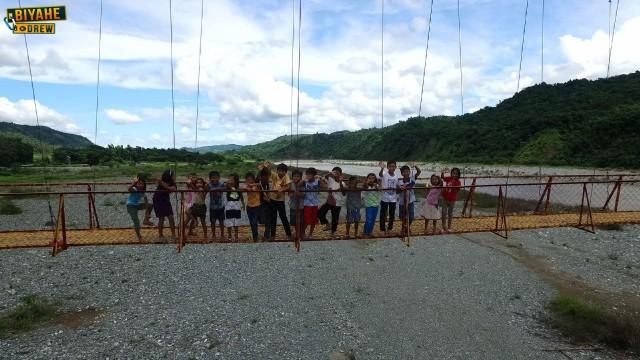
A lot of communities in Abra are separated because of the river. Because of this, the locals are used to riding rafts when they cross the area.
But the place is not always safe, especially when the high tide comes or rain is imminent. Because of this, a footbridge was built so people can cross the area when crossing the river becomes too risky.
But that’s not all.
With a length of at least 580-meters, this is considered as one of the longest hanging footbridge in the country.

FORMER HOUSE OF GABRIELA SILANG
Anybody up for a quick History 101?
One of the most successful revolutions against the Spaniards happened here in Abra – and it was led by none other than Gabriela Silang.
Known as the Joan of Arc of the Philippines, Gabriela was the second woman to lead a revolt against the Spaniards and the first female general of the country.
She was a woman that led men into battle, a woman that wholeheartedly fought for her country.
And here in Abra is where her house is located. Are you ready to know more about Gabriela Silang?

The house that she once lived was passed on to the family for generations and its current owner is the great great great nephew of Gabriela.
Based on the story, after her husband was killed, Gabriela came to Abra because she was being pursued by the Spaniards. It was here where she decided to continue the Ilocos revolt.
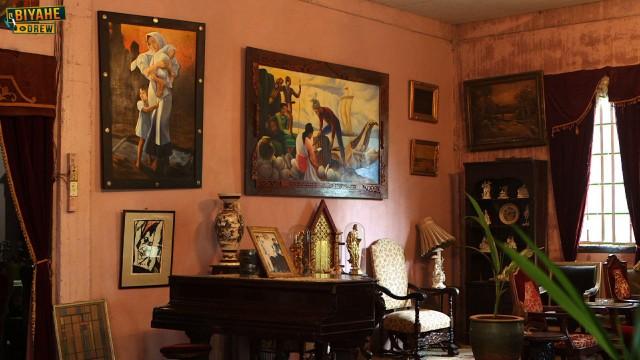
LOCALS OF ABRA
Abrenians. This is what the locals of Abra call themselves.
There are two dominant groups who live in the area: the Ilocanos or those from Ilocos who chose to live in Abra, and the Tingian, the locals who live in the Cordillera mountains
Almost 77% of those who live in Abra are Tingian, and they are the first group of people who lived in Abra.
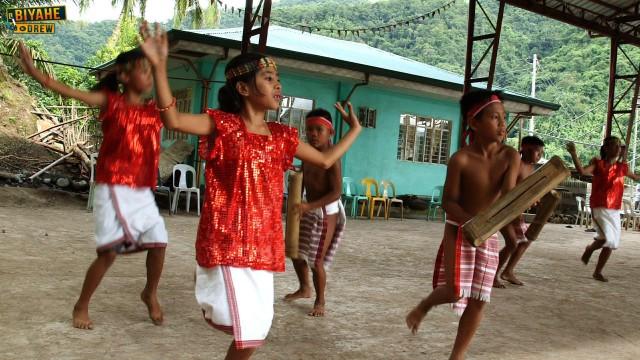
Tourists can visit the Kili village where they can watch and participate with the cultural activities of the locals.

Biyahero tip! The Kili village is open to all, but tourists should coordinate with the local tourism office before visiting them.
PASALUBONG TIME!
Besides the events and stories, the place also has souvenirs that are connected to the rich history of Abra.
One of the things you can buy here is the colorful cloth that’s made using an old machine and colored without any use of chemicals. This loom weaved cloth is priced at P700 each.

Another thing you can buy when you’re in Abra is the Katukong - a sombrero worn during the Spanish era.
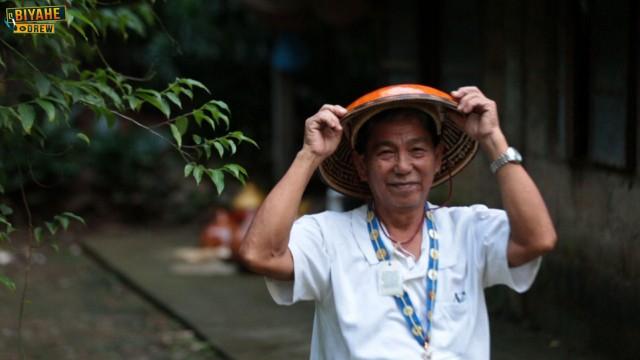
The Katukong is a hat worn during the old days, usually as a status symbol of the rich. Wealthy people used to put decorations on their katukong, while others wore ones that were made out of bamboo and leaves. The process time is 3 days to 1 week, and the price ranges from P700.00 to P2,500.00.
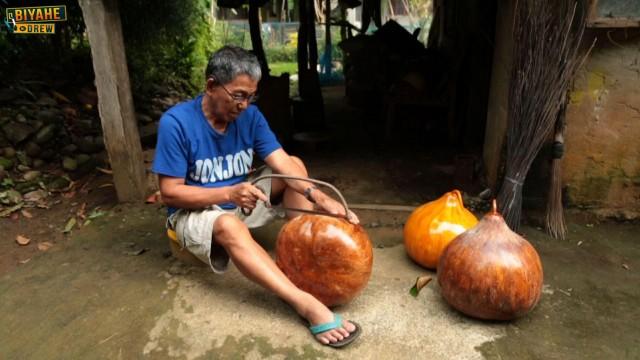
Fun fact! Teofilo Garcia, one of the people who still creates katukong, is acknowledged by the National Commission for Culture and Arts (NCCA) as a National Living Treasure - an award given to the best artists of the country.
Abra-cadabra! Now who’s booking their next trip to Abra? Always remember, mga Biyahero! Do not worry if a place is too far or not popular. Unleash the inner curiosity in you and maybe you’ll discover the next tourist destination of the Philippines. --- Zebadiah Cañero, BMS/GMA Public Affairs



